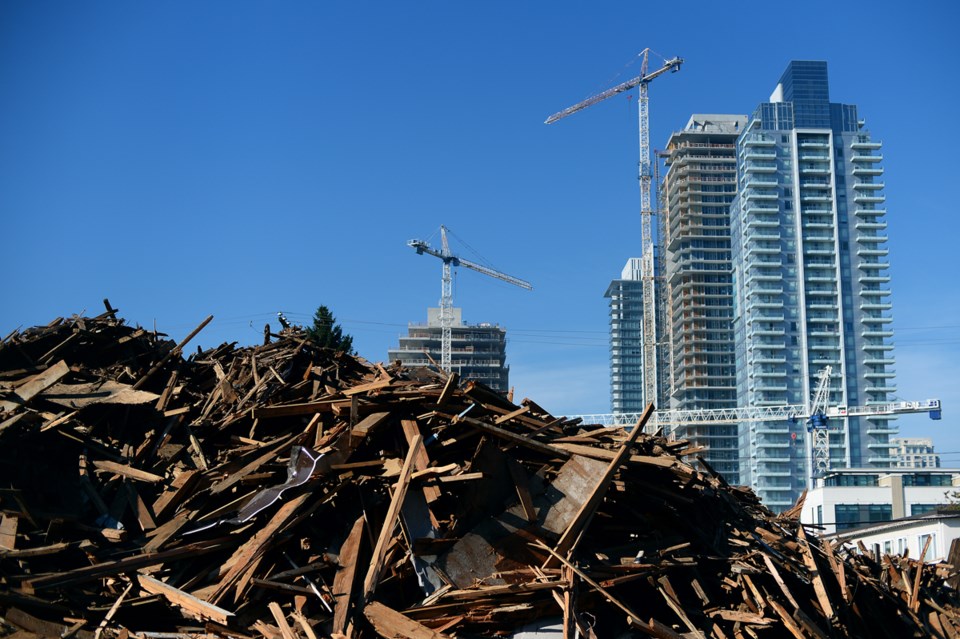A rising rental vacancy rate often means rents will fall as the number of apartments grows.
So why did rents rise, while the total number of rental units dropped despite Burnaby’s vacancy rate rising a relatively dramatic 1.4 per cent to 2 per cent over the past year?
“It would seem contradictory at first, but I do think some of it is structural,” said Eric Bond, an analyst with the Canada Mortgage and Housing Corporation, which released its annual rental market report this week. The increase in percentage of empty rental apartments in Burnaby outpaced the rest of Metro Vancouver, where the figure rose a measly 0.1 per cent to 1 per cent from October 2017 to October 2018
During that same period, however, the number of rental units in Burnaby dropped by 177, while the region saw a net increase of 793. This is likely due, in part, to the ongoing redevelopment of Metrotown, where many low-rise apartment buildings have been demolished to make way for condo towers.
This has displaced hundreds of renters from the area due to so-called “demovictions” – evictions of tenants in buildings slated for demolition – and, many believe, was the leading reason longtime Mayor Derek Corrigan was ousted from office this fall for leading the rezoning that paved the way for the changes.
So how could the vacancy rate have possibly risen at the same time?
Despite these demolitions, the city did see 380 new rental apartments completed in 2018 and 324 in the first nine month of 2018, Bond said.
Bond said it could also be due to individuals moving out of apartment buildings they expect to be demolished. He believes that if someone moves out of a unit and the landlord doesn’t put it back on the market, it would still be counted as vacant during the October snapshot of the market.
Supply and demand economics typically apply to the rental market, meaning as vacancy rates increase, rents drop. But rent in Burnaby rose 5.3 per cent to an average $1,238 for all apartments. (One-bed apartments averaged $1,149 and two-beds $1,466).
That increase, Bond said, can be partially attributed to unit turnover: as tenants move out, landlords can reset the rent to meet market rates. For example, the report shows the average two-bed apartment renter pays $1,235 but when she or he moves out, the rent charged to the new tenant rises to an average of $1,791.
“You can see the spread and that gives you an idea of how much the rents are being raised to market,” Bond said.


